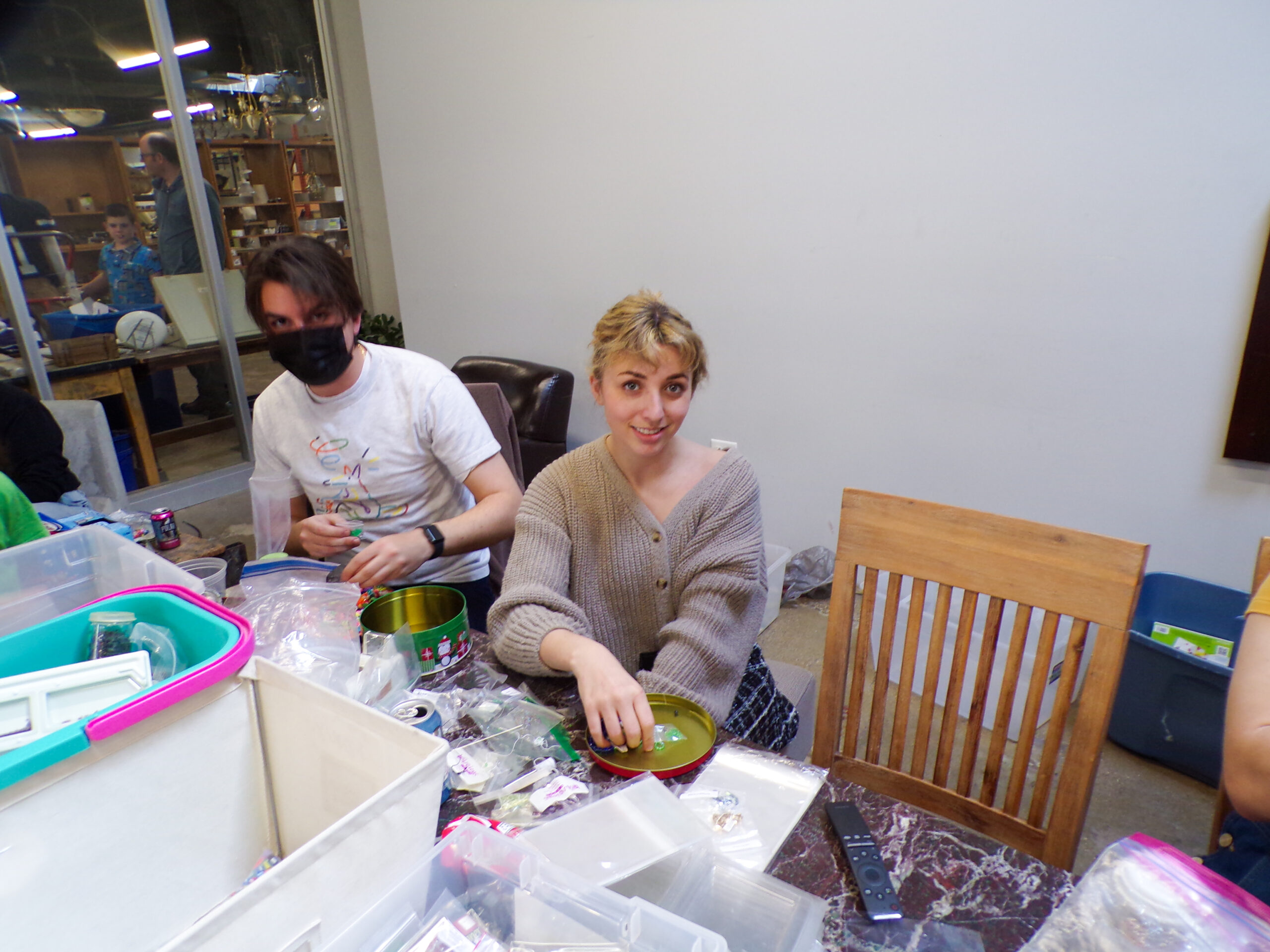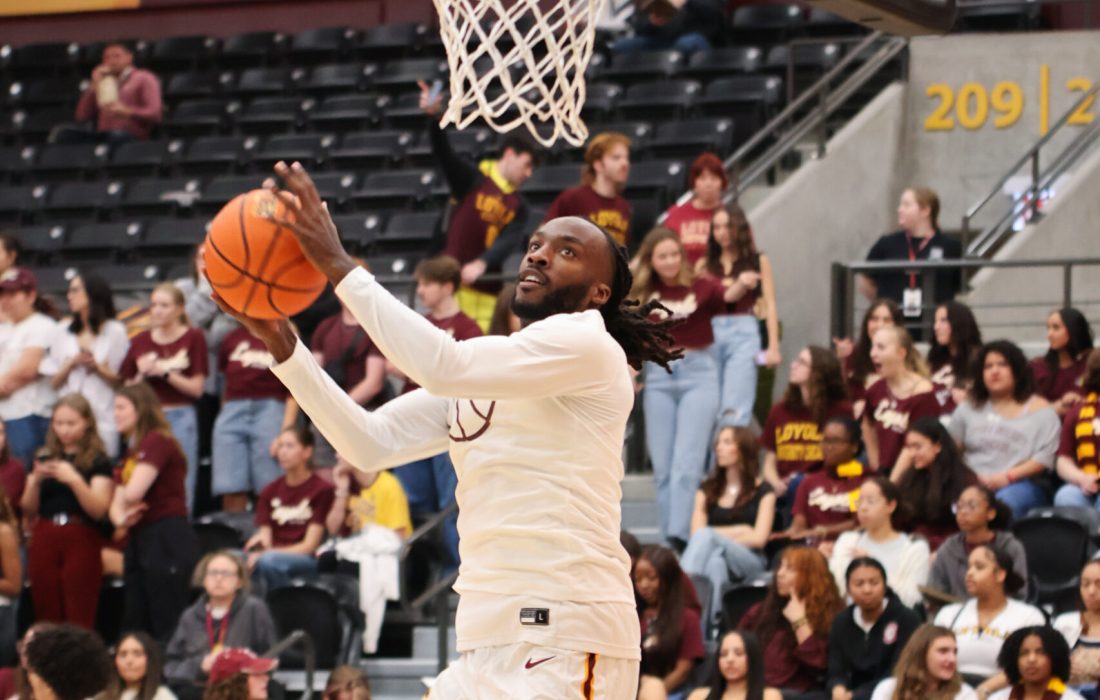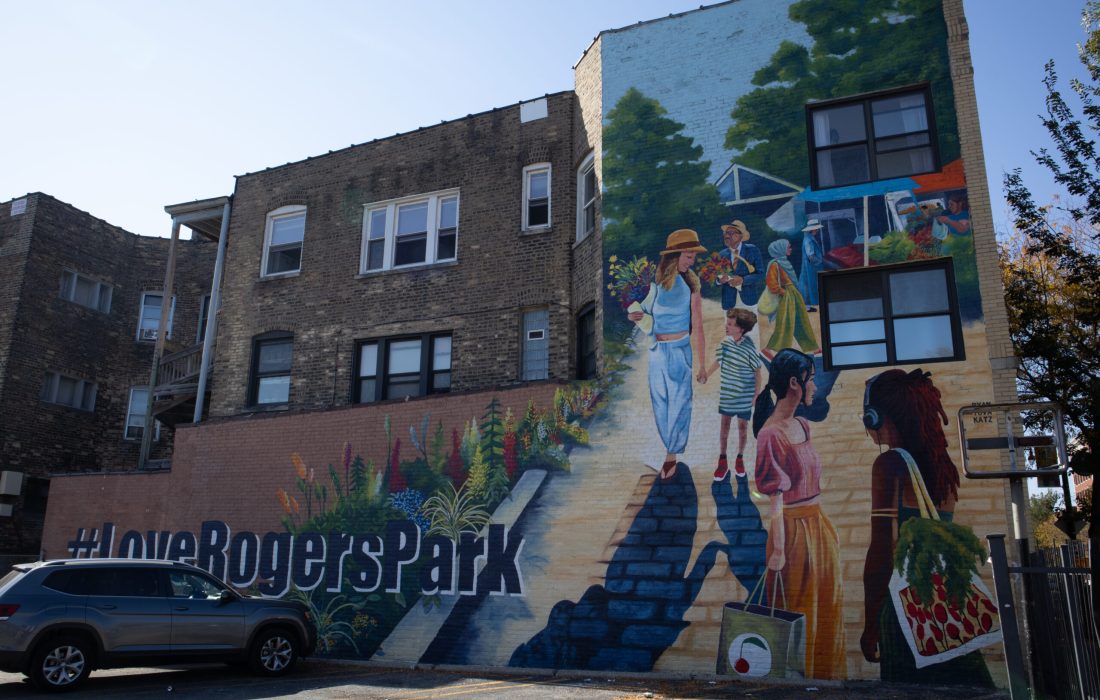Writer Brianna Guntz described her experiences in the world of competitive swimming.
“You’re standing on the shoulders of giants.”
This was a phrase often told to me by countless coaches. Not a week passed during my career swimming for Carmel High School in Indiana without being reminded of the team’s massive legacy. The Carmel women’s swim team has now won the state championship for 38 consecutive years — a national record.
I began swimming when I was 6 years old for my neighborhood summer team. At 9 years old, I was swimming year-round for Carmel Swim Club. At 15, I was swimming for the Carmel women’s swim team and the Carmel Swim Club.
The club is currently regarded as a feeder swim club to the high school team. Some swimmers relocate to the district just to be eligible to join the team. But my participation wasn’t fueled by the notoriety of the program — I just loved to swim.
Practices ramped up once I got to middle school. I took on a uniform of a cap and goggles, carrying the scent of chlorine everywhere no matter how many times I showered. I developed a default response of “Sorry, I have swim practice” when invited to nearly anything outside of school hours.
But it didn’t matter. The pool was my second home, and all my best friends were there.
I would arrive to practice and sprint towards my friends Abby and Grace, dropping my backpack and fins behind me. Countless hours were spent together at the pool. Abby, Grace and the pool marked almost every single pivotal moment of my younger years.
The transition to high school deteriorated the sport for me. The hierarchy within the high school speed groups was overt. Despite having fewer swimmers, faster groups often had more lane space to practice.
At Carmel, I was considered a remarkably average swimmer. If I had attended another school in my area, I likely would’ve been at the top of their program. But at Carmel, I wasn’t fast enough.
While I fought to make Divisional cuts — time standards below state standard times — some of my peers were racing for Olympic Trial qualifying times.
Carmel’s standard of excellence surrounding swimming has certainly been to their advantage as they’ve built Olympian alumni. But the price was paid by the swimmers like myself who weren’t seeking Olympic glory.
Despite our apparent mediocrity, the expectation of all-consuming dedication remained.
Every Monday, Wednesday and Friday, would wake up before the sun to head to practice, followed by school and another practice.
The workouts were grueling but there was no room for pain and soreness when it was time to go to practice. Weekends off didn’t exist. Swim meets frequently took up my Fridays, Saturdays and Sundays. If there wasn’t a swim meet then there was Saturday morning practice.
Although the cycle seemed endless, it wasn’t wholly without benefit. I got stronger and faster, earning the nickname “Heavy Metal Bri.” In my first year of high school swimming, I qualified for time standard meets for the first time. Years prior had been marked by missing the qualifying time by fractions of a second. Finally succeeding seemed to make every early practice and weekend I sacrificed feel worth it.
Despite my growth in the sport, I was burned out.
In my third year, I decided to stop club swimming and swim only for the Carmel women’s team — reducing my obligation from 12 months to three.
When yearly team tryouts rolled around, however, I was stuck sick in bed. Unable to swim, I convinced the coaches to allow me an extra week.
When I returned, I was instantly calmed by the heavy cloud of chlorine. I walked onto the pool deck to complete my tryout. Despite being confident in my ability to meet almost every time standard requirement for the team, I was going to be unsuccessful for one of the times. I hadn’t built my endurance back up after recovering from being sick.
Unsurprisingly, when it came time for that portion of the tryout, I failed.
I looked up at my coach standing on the pool deck.
“I’m sorry, you can’t be on the team if you don’t make all the times,” she said.
The only response I could find was a half plea of, “I’ve swam those times before.”
The coach stared as I struggled to keep the tears out of my eyes, saying my decision to leave the club meant she no longer knew the extent of my abilities.
After 11 years, my swimming career had come to a screeching halt. While I relished my newfound freedom, I still felt a deep loss for the sport I had loved.
In my second year at Loyola, I made the decision to put my suit back on. I went to Halas to swim for the first time in three years.
A familiar sense of calm washed over me as I dove in. The cold water enveloped me as I reached forward into an instantly recognizable freestyle rhythm. I was overwhelmed with nostalgia for the sport, realizing just how much I had missed it.
Now when I have a few spare hours, I return to the Halas pool, savoring the part of swimming my 6-year-old self loved.
Feature image by Lilli Malone / The Phoenix
-

Bri Guntz is a third-year student majoring in multimedia journalism and music. Since joining The Phoenix in her second-year, she’s contributed to multiple sections, with a focus on arts. Bri enjoys writing feature articles to capture the essence of Rogers Park. When not writing, she can be found petting cats, hiking or watering one of her numerous plants
View all posts










